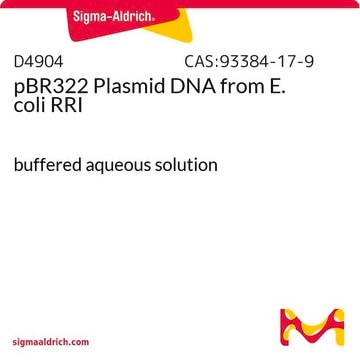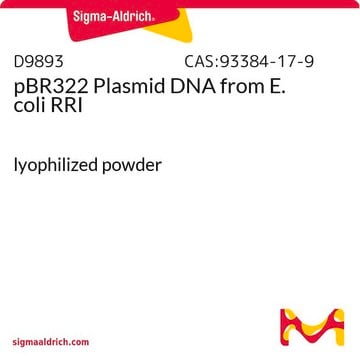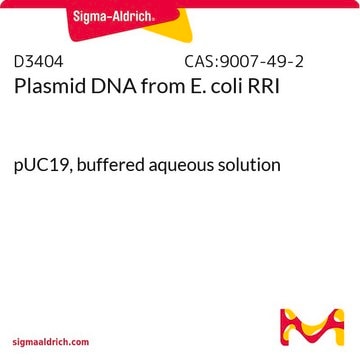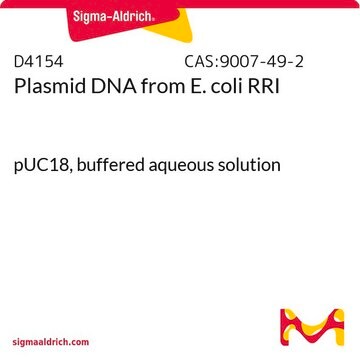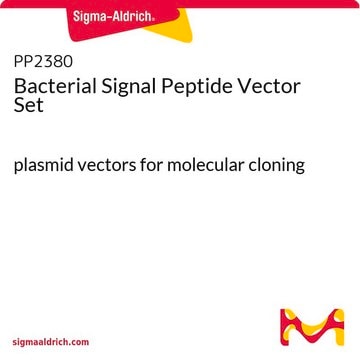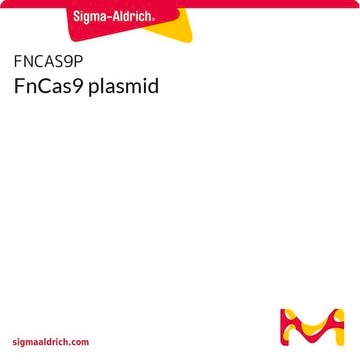OGS589
PBR322 - PBR322 LOW COPY CLONING VECTOR
plasmid vector for molecular cloning
Sinónimos:
cloning vector, expression vector, molecular cloning vector, plasmid, plasmid vector, snapfast vector, vector
About This Item
Productos recomendados
form
buffered aqueous solution
mol wt
size 4361 bp
bacteria selection
ampicillin
origin of replication
BR322 (15 copies)
peptide cleavage
no cleavage
reporter gene
none
shipped in
ambient
storage temp.
−20°C
General description
Promoter Expression Level:
Application
Sequence
Analysis Note
related product
Storage Class
12 - Non Combustible Liquids
flash_point_f
Not applicable
flash_point_c
Not applicable
Certificados de análisis (COA)
Busque Certificados de análisis (COA) introduciendo el número de lote del producto. Los números de lote se encuentran en la etiqueta del producto después de las palabras «Lot» o «Batch»
¿Ya tiene este producto?
Encuentre la documentación para los productos que ha comprado recientemente en la Biblioteca de documentos.
Nuestro equipo de científicos tiene experiencia en todas las áreas de investigación: Ciencias de la vida, Ciencia de los materiales, Síntesis química, Cromatografía, Analítica y muchas otras.
Póngase en contacto con el Servicio técnico